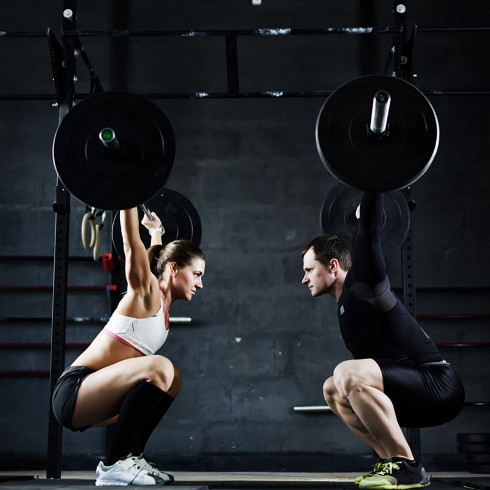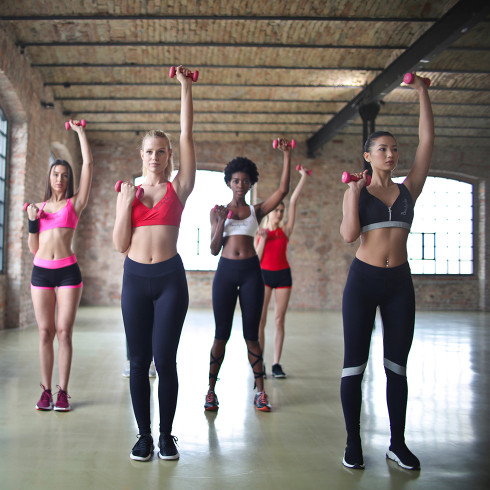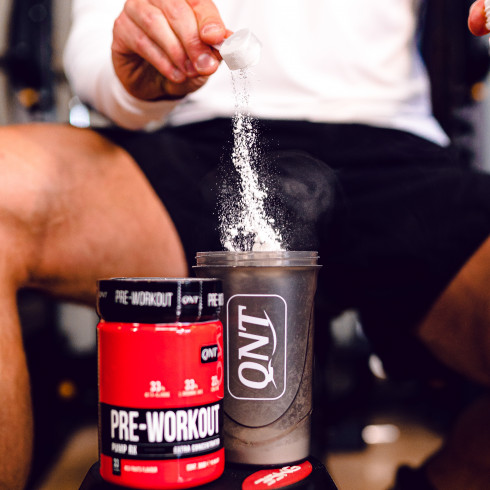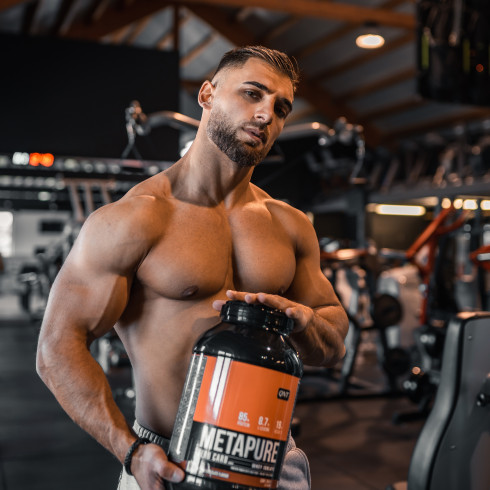Power is the ability to do the heaviest task possible in a minimum of time and with maximum speed. This may sound difficult, but it is a rather pleasant program to execute.
Training for power is not really advisable for beginners because it requires trained abs to provide a good sheathing but also a good technique.
Potential errors are paid cash: poor technique, fragility due to poor nutrition, lack of sleep or lack of concentration and an accident is here. This means a tear, dislocation or other disabling trauma for an athlete.
Power is used in many sports: in weightlifting, sprinting, team sports, throwing, gymnastics ... In short, in all sports where maximum effort is required in a minimum of time, Or body weight, with bullets or with specific gear.
The power depends on the speed of the movement but also on the force. The question has of-ten been raised of why men weighing 65 kg managed to get as heavy as others who weighed one and a half times their weight. The answer lies in the number of muscle cells recruited by the brain to achieve movement. If the former succeeds in a single muscular contraction in recruiting as many fibers as the second, which will recruit a smaller percentage of them, their strength may be equal. So it's not the size of your arm that counts, but your brain's ability to use it properly and to the best of its abilities. But it is not the only criterion that takes into account, the amount of red or white fibers that composes each muscle is different according to the individual and also conditions the strength and the available power. The third factor that comes into play is the leverage of the muscle insertions in relation to the size of the segments: the closer the insertion is to the joint, the more muscle will develop force for movement. The more distant the insertion, the easier it will be. This means that there are important genetic factors, but also qualities that develop through training.
To work the power, it is important to warm up: to take heavy cold can easily cause tendinitis or periostitis. On the other hand, warm-up also allows you to concentrate and prepare yourself psychologically for the effort.
Classically, the work of power does not require an enormous amount of series: between 8 and 10 sets of 4 to 10 repetitions and without going to failure specifically.
We can also find some tricks that allow the development of this muscular quality: The Heavy-Light workout: You perform 6 repetitions at 80% and directly 6 repetitions at 60%. The sensation is quite special, it seems that the muscle adapted to a heavy weight feels able to accelerate a maximum the lighter load that is subjected to him.
The pliometry: Very important in many collective sports, it is the successive chain without rest period of an eccentric phase with a concentric phase. It is often used to improve relaxation. It can also include most lancers in a subclass that could be called ballistic since there is often a braking followed by a throw.
Stato-dynamic training consists in adding an isometric phase during dynamic movement. This allows not to take advantage of any momentum and to concentrate all the effort on a part of the movement.
One can also add the tempo-contrast methods in which very slow repetitions are followed, followed by repetitions at maximum speed, or the method of dynamic forces where a certain number of repetitions must be performed at a maximum speed.
You have realized that to achieve performance in this area, it is imperative not to have injuries to the tendons or joints because both are subjected to a severe test. Moreover, never forget to subject your body to a good stretching session after each session. Do not forget that this work is based on a certain performance. So we would tend to want to do too much. Be careful to listen to your body and the pain it inflicts on you: The pain is not bad, it is a warning that your body gives you: if you do not listen, the wound seems unavoidable.
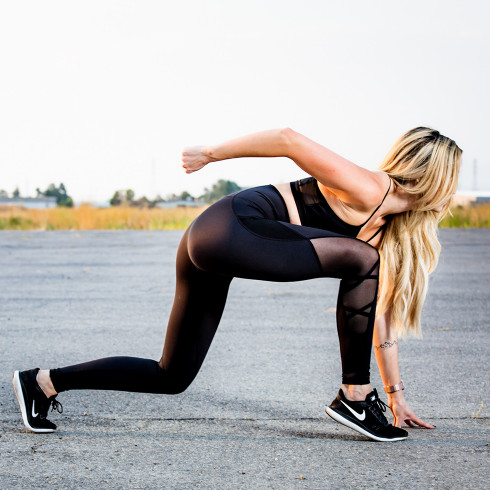 Looking thinner but at a heavier weight? Is that possible?04/10/2021Posted in: Our tipsAdvertising has shaped our thinking! We have been forced for years to believe that losing weight is the key to having...Read more
Looking thinner but at a heavier weight? Is that possible?04/10/2021Posted in: Our tipsAdvertising has shaped our thinking! We have been forced for years to believe that losing weight is the key to having...Read more Proteins for weight loss !29/12/2023Posted in: Our tipsDive into the fascinating world of proteins and their key role in weight loss. Discover how to choose the best...Read more
Proteins for weight loss !29/12/2023Posted in: Our tipsDive into the fascinating world of proteins and their key role in weight loss. Discover how to choose the best...Read more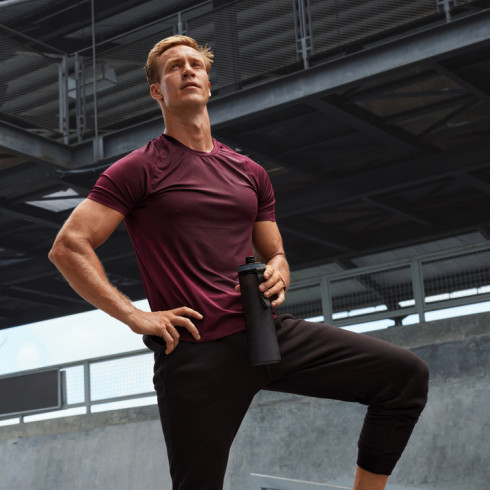 Which foods boost testosterone levels ?07/05/2021Posted in: Food supplementsTestosterone, often associated with virility, has much more to offer than you might think. It plays a crucial role in...Read more
Which foods boost testosterone levels ?07/05/2021Posted in: Food supplementsTestosterone, often associated with virility, has much more to offer than you might think. It plays a crucial role in...Read more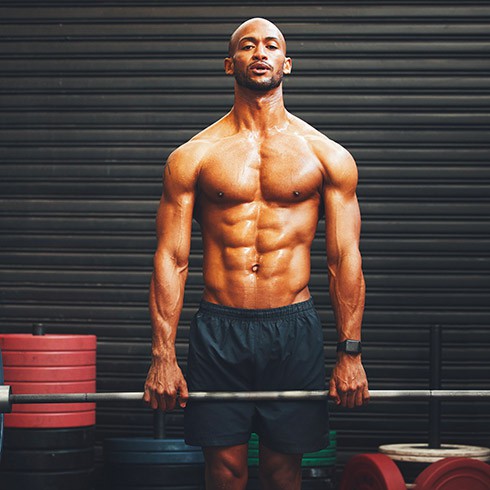 10 BENEFITS OF GLUTAMINE.02/01/2024Posted in: Our tipsDiscover the power of L-glutamine, an underrated superhero in the world of amino acids! Essential for revitalizing...Read more
10 BENEFITS OF GLUTAMINE.02/01/2024Posted in: Our tipsDiscover the power of L-glutamine, an underrated superhero in the world of amino acids! Essential for revitalizing...Read more Is there a link between sex and sport?14/11/2019Posted in: LifestyleMany have already asked questions about sex and sport. Most of the time, people want to be reassured by the many...Read more
Is there a link between sex and sport?14/11/2019Posted in: LifestyleMany have already asked questions about sex and sport. Most of the time, people want to be reassured by the many...Read more